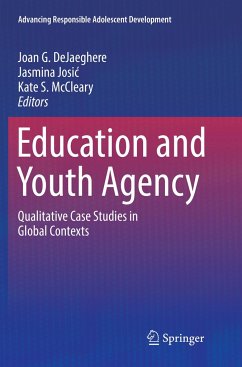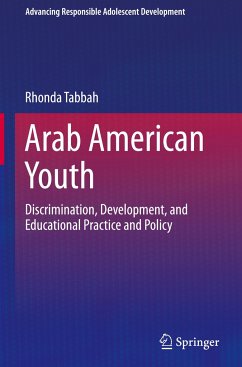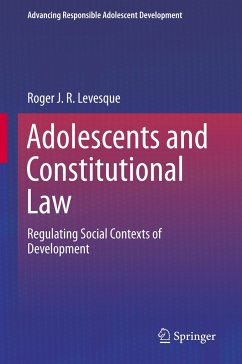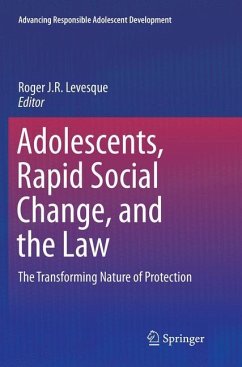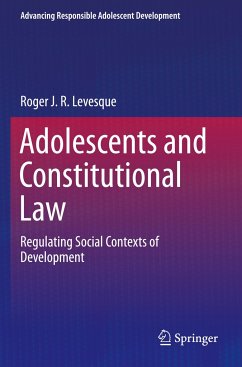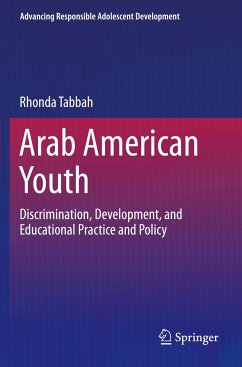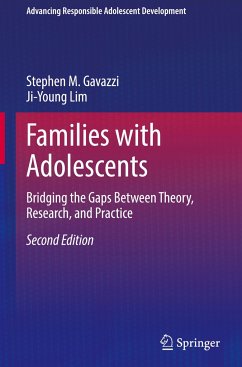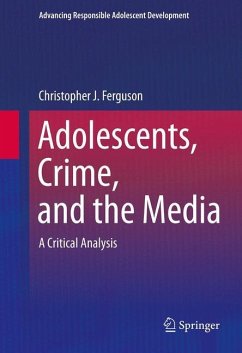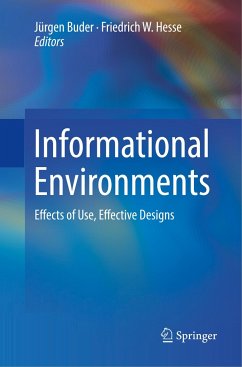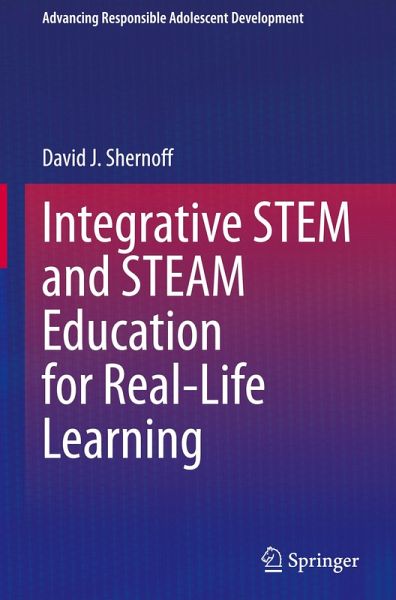
Integrative STEM and STEAM Education for Real-Life Learning
Versandkostenfrei!
Versandfertig in 6-10 Tagen
113,99 €
inkl. MwSt.
Weitere Ausgaben:

PAYBACK Punkte
57 °P sammeln!
This book illustrates that real-life learning in which students conduct scientific investigations and make new innovations to solve real-world problems is an integral part of STEM (science, technology, engineering, math) and STEAM (science, technology, engineering, art, math) education. It provides examples of student and teacher work from projects of the Rutgers University Center of Mathematics, Science, and Computer Education. The book examines how new K to 12 education standards and innovative teacher professional development programs - which emphasize transdisciplinary approaches to STEM a...
This book illustrates that real-life learning in which students conduct scientific investigations and make new innovations to solve real-world problems is an integral part of STEM (science, technology, engineering, math) and STEAM (science, technology, engineering, art, math) education. It provides examples of student and teacher work from projects of the Rutgers University Center of Mathematics, Science, and Computer Education. The book examines how new K to 12 education standards and innovative teacher professional development programs - which emphasize transdisciplinary approaches to STEM and STEAM - lead to the emergence of real-life education in schools. In addition, the book references related research to identify key advances in STEM and STEAM education. Special topics include the uses of makerspaces, educational video games, artificial intelligence (AI), and machine learning to fuel project-based, real-life learning.
Key areas of coverage include: the role of new K-12 standards in science, design thinking, computer science, and climate change in stimulating integrative STEM/STEAM education; obstacles and supports for teaching integrative STEM programs; modes of collaboration in STEM, STEAM, and maker-based education; and the importance of teacher professional development to promote transdisciplinary learning.
Integrative STEM and STEAM Education for Real-Life Learning is an essential resource for researchers, professors, college students, as well as educational leaders and policy makers with interests in the STEM and STEAM disciplines, psychology, teaching and teacher education, library science, and multimedia.
"A must-read for anyone committed to the future of education. This book is not only thought-provoking; it is a guide to action, offering a compelling approach that empowers youth and educators alike."
Dr. Margaret Honey, President and CEO, Scratch Foundation
"David J. Shernoff, a leading expert in thefield, explores how integrative approaches in STEM and STEAM are not just about preparing students for the future, but engaging them in solving real-world problems today...this book demonstrates how education can empower students to become active, innovative contributors to society."
Cassie Quigley, author of Educator's Guide to STEAM Education
Key areas of coverage include: the role of new K-12 standards in science, design thinking, computer science, and climate change in stimulating integrative STEM/STEAM education; obstacles and supports for teaching integrative STEM programs; modes of collaboration in STEM, STEAM, and maker-based education; and the importance of teacher professional development to promote transdisciplinary learning.
Integrative STEM and STEAM Education for Real-Life Learning is an essential resource for researchers, professors, college students, as well as educational leaders and policy makers with interests in the STEM and STEAM disciplines, psychology, teaching and teacher education, library science, and multimedia.
"A must-read for anyone committed to the future of education. This book is not only thought-provoking; it is a guide to action, offering a compelling approach that empowers youth and educators alike."
Dr. Margaret Honey, President and CEO, Scratch Foundation
"David J. Shernoff, a leading expert in thefield, explores how integrative approaches in STEM and STEAM are not just about preparing students for the future, but engaging them in solving real-world problems today...this book demonstrates how education can empower students to become active, innovative contributors to society."
Cassie Quigley, author of Educator's Guide to STEAM Education



